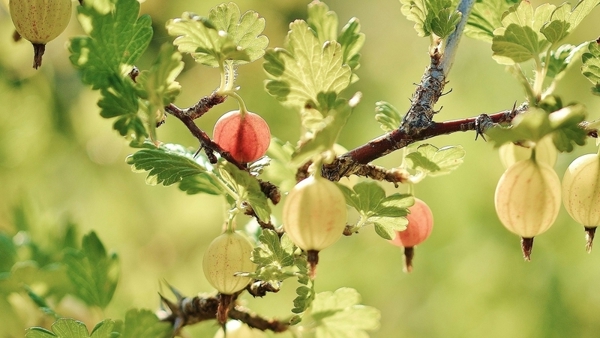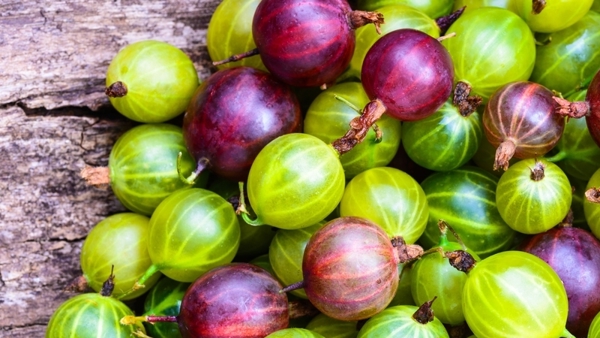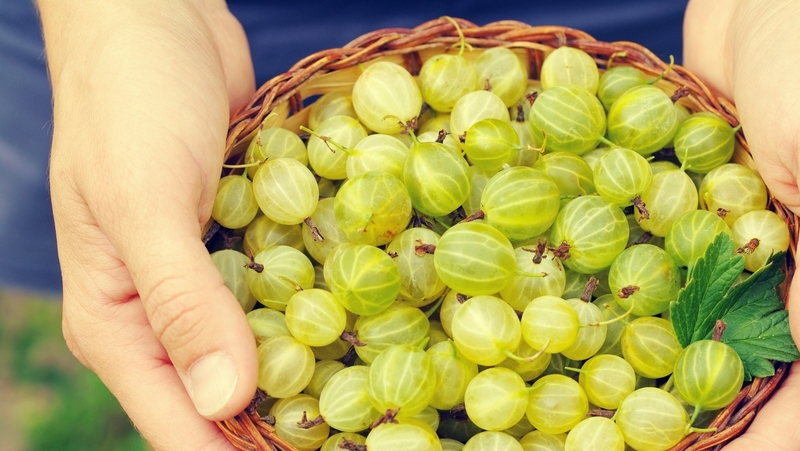Yates Account
Join now
Create a Yates account today!
Sign up to join the Yates Garden Club for monthly e-mails packed with seasonal inspiration, tips for success & exclusive promotions.
Plus if you’re a Garden Club member you can take part in the Yates Growing Community - a blog to share successes, get advice & win prizes in fun challenges along the way!

Forgot password
Enter the email address associated with your account, and we'll email you a new password.

They won’t grow in all areas though – these small bushes (up to 1.5m tall and wide), are best suited to cool to cold climates. Buy them as cuttings or bare rooted plants. Treat them well and you can normally expect fruit after a couple of years.
How to grow Gooseberries in a garden
- Choose a sunny spot with well drained soil, ensuring there is protection from the hot afternoon sun and strong winds. Enrich the soil with Yates Dynamic Lifter Organic Plant Food. If the soil is clay based, add gypsum and fork in well.
- Dig the planting hole, position the bare rooted plant or cutting in centre and backfill with soil, gently firming down. If planting more than one plant, ensure you space them at least 1.5m apart. Form a raised doughnut shaped ring of soil around the outer edge of the plant's root zone. This helps keep water where it's needed. Always water in well after planting to settle the soil around the roots and keep the soil moist for several weeks while the new plant establishes.
- Mulch with an organic mulch, such as bark chips, woodchip or pea straw ensuring to keep it away from the canes.
- During the growing and flowering/fruiting season, apply Yates Thrive Citrus & Fruit Granular Plant Food. Throughout the year apply Yates Thrive Fish Blood & Bone Plant Food Concentrate.
- Harvest fruit when they have changed colour to red/purple.


How to grow Gooseberries in a pot
- Choose a pot at least 400mm wide. Position in full sun and fill with quality potting mix such as Yates Nature's Way Organic Citrus & Fruit Mix.
- Position the cutting in the hole and backfill with potting mix, gently firming down. Water in well.
- Water deeply, at least once every 2-3 days to ensure the potting mix is moist - you may need to water more often in warmer conditions.
- Mulch around the base with organic mulch like bark chips, woodchip or pea straw, keeping it away from the trunk.
- Feed in spring and summer Yates Thrive Strawberry & Berry Fruit Liquid Plant Food – this product is high in potassium and will encourage flowering and fruiting.
- Harvest fruit when they have changed colour to red/purple.

Growing tips
-
Prune in winter to an open vase shape. Choose 3-4 of the strongest branches and cut them back by half. This is important as fruit is borne on wood at least 1-3 years old.
- Remove any dead or diseased growth, any branches growing towards the centre and any low growing shoots at the base of the bush.
- The bush can be quite thorny, so use gloves and take extra care when pruning and harvesting.
- Look out for varieties such as 'Pax' and 'Invicta'.
















Share
Share this article on social media